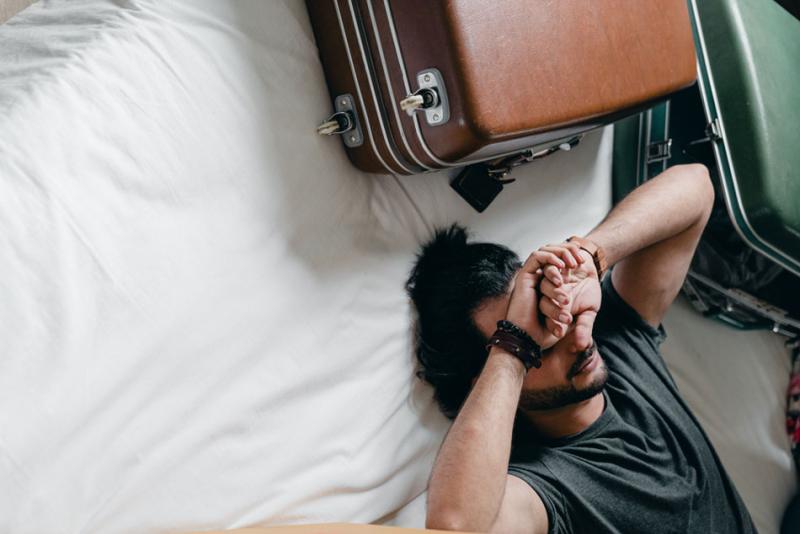Sleep Tourism Industry: Unraveling the Trend of Global Sleep Tourism A New Frontier in Wellness Travel
Exploring the Sleep Tourism Industry
What is Sleep Tourism Industry?
Sleep tourism, also known as snooze tourism, refers to the practice of people traveling long distances specifically to visit hotels, resorts, and facilities marketed for their quality of sleep. Destinations are selected based on things like comfortable bedding, noise reduction, blackout curtains or rooms, and ambiance or facilities geared towards relaxation and rest. The goal of sleep tourists is to experience high-quality sleep in an environment specially designed for rest and rejuvenation away from the demands of everyday life.
Popular Sleep Destinations
Some of the most well-known locations for sleep tourism include:
- Finland: Known for its quiet lifestyle and darkness during winter months, Finland attracts those seeking peace and nighttime tranquility. Sleep Tourism hotels spotlight sensory deprivation and silence.
- Iceland: Geothermal springs, Northern Lights, and remote landscape draw tourists to Iceland seeking to relax in luxury spa hotels and escape light pollution. Black sand beaches are serene places for nighttime walks.
- Bali: Tourism options in Bali range from simple guesthouses to opulent resorts, all catering to relaxation with soothing sights and sounds of nature along with high-quality amenities for total recreation.
- Japan: Capsule hotels provide economical sleep solutions while ryokan inns immerse visitors in minimalist Zen designs and traditions for meditation and restoration through the night.
- Switzerland: Mountain air and scenery lend an atmosphere of slumber in Swiss hotels, particularly inverness. Luxurious bedding and amenities combined with panoramic views provide ideal conditions for quality rest.
Economic and Health Benefits
The unusual travel subtype of sleep tourism has grown in recent years as more acknowledge benefits of high-quality sleep for health, wellness, and productivity. Destinations catering to rest have experienced economic gains, often in off-seasons when vacancy rates are higher. Tourists spending one to two weeks in such locations aim to reap advantages including:
- Improved mood, cognitive functioning, and problem-solving from resting in an environment engineered for sleep.
- Reduced stress, anxiety, and jet lag through circadian rhythm-supporting darkness and quiet settings.
- Prevention of chronic diseases linked to sleep deficiency as well as enhanced resilience to illness.
- Greater work performance and productivity upon return, energized by restored and recharged feeling.
The relatively new sleep tourism category provides both health renewing holidays and a niche economic stimulus for areas that optimize conditions and services conducive to high-quality slumber. As understanding grows of links between sleep, health, and well-being, the field seems positioned for ongoing development.
In Summary, the specialized travel segment is expected to continue expansion. More destinations will likely market rest-oriented offerings to attract sleep tourists. Ranging from modest guesthouses and traditional ryokan to extravagant wellness resorts, the supply of accommodation environments deliberately tailored for quality shut-eye will probably diversify further. Additional features may include specialized sleep suites, light and sound therapies, certified somnologist consultations, and rest-based excursion activities like sleeping under the stars. Wearable devices and apps are also poised to increasingly incorporate sleep data and recommendations into the snooze travel experience. If demand keeps rising in kind with collective interest in wellness, preventative healthcare, and the science of sleep, this distinctive slice of the travel economy seems poised for ongoing growth.
Get More Insights on- Sleep Tourism
About Author:
Ravina Pandya, Content Writer, has a strong foothold in the market research industry. She specializes in writing well-researched articles from different industries, including food and beverages, information and technology, healthcare, chemical and materials, etc. (https://www.linkedin.com/in/ravina-pandya-1a3984191)
